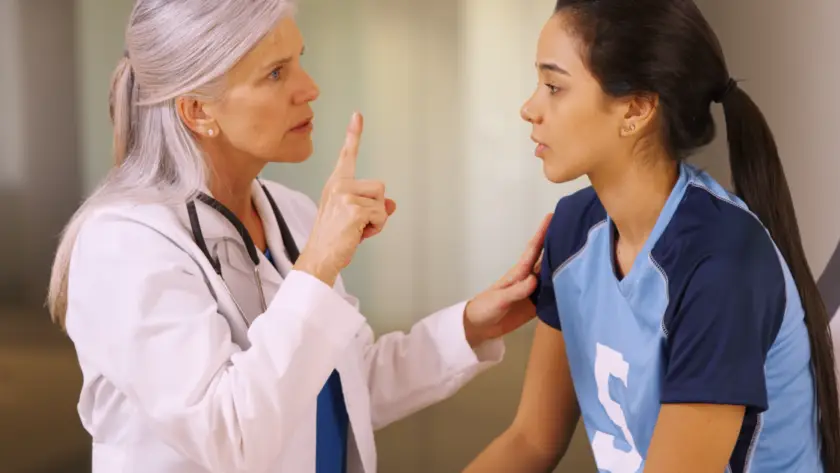
Mental Health, Uncategorized
If you have trouble getting a good night’s sleep, you’re not alone. Whether it’s that you don’t feel sleepy at night, you have trouble staying asleep, or you don’t feel rested in the morning, sleep problems are a common issue. Luckily, there are many simple measures...

Chiropractic Articles, Physiotherapy Articles, Uncategorized
Traumatic Brain Injury and Concussion Rehabilitation – Expert Insights Each year, nearly 150,000 Ontarians suffer a concussion , according to the Ontario Neurotrauma Foundation. However, despite the rising frequency of concussions, only 15% of Canadians can...

Mental Health, Uncategorized
How to cope with stress this holiday season? The holidays usually represent a time of happiness and appreciation, However, it’s easy to feel overwhelmed or stressed when you look at your lengthy to-do list or turn on the news.This year might be a little bit different...

Chiropractic Articles, Massage Articles, Neck Pain Articles, Physiotherapy Articles
What is Osteopathy Treatment? Osteopathy treatment is a non-invasive therapy that aims to improve the patient’s overall health instead of treating a specific illness or group of symptoms. This is because symptoms occurring in one area of your body can be linked to a...





